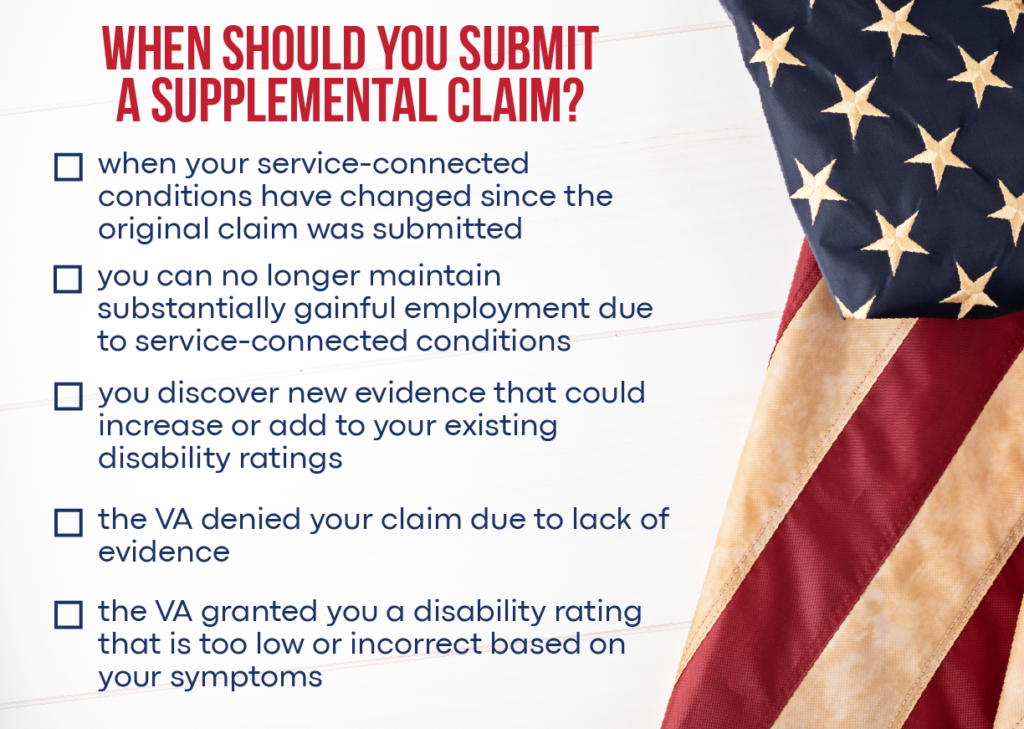When it comes to understanding VA Ratings for Tropical Diseases, many find themselves in a maze of regulations and criteria that seem almost designed to confuse. Yet, this knowledge is crucial for veterans seeking rightful benefits after facing health challenges post-service in tropical locales. Navigating the world of infectious diseases, from malaria to dengue fever, throws some real curveballs when you’re trying to get disability compensation. But fear not; we’re here with a flashlight aimed at demystifying these processes.
The world of military service leaves its mark on those who serve, often in ways unseen until much later. As modern medicine advances our grasp on treating physical wounds, attention shifts toward conditions like tropical diseases that linger silently but impact lives significantly.
Understanding VA Ratings for Tropical Diseases
What are Tropical Diseases?
Tropical diseases are infectious diseases that thrive in hot, humid climates. They’re caused by viruses, bacteria, and parasites spread through insects, contaminated water or soil, or close contact with infected people or animals.

Some common tropical diseases include malaria, dengue fever, Zika virus, and Chagas disease. These illnesses can cause a range of symptoms from mild fever and aches to severe organ damage and death.
How VA Rates Tropical Diseases
The VA rates tropical diseases under the infectious diseases section of their rating schedule. They look at factors like:

Frequency and severity of symptoms

Need for medication

Effect on daily functioning
The rating percentage assigned (0-100%) determines the amount of disability compensation a veteran receives for their service-connected tropical disease.
Common Tropical Diseases
Some tropical diseases commonly claimed for VA disability include:
- Malaria
- Dengue fever
- Leishmaniasis
- Schistosomiasis
These infectious diseases are often tied to military service in tropical regions. If a veteran can show their tropical disease is connected to active duty, they may be eligible for disability benefits.
Direct Service Connection for Tropical Diseases

Proving Direct Service Connection
To establish direct service connection for a tropical disease, a veteran needs to show their illness was caused or worsened by their military service. This usually means providing:
- A current diagnosis
- Evidence of the disease in service
- A medical opinion linking the two
The VA will consider factors like the veteran’s job, location of service, and medical history when rating disabilities for service connection.
Presumptive Service Connection
For some tropical diseases, the VA presumes service connection without requiring direct proof. If a veteran served in certain locations during specified time periods and later develops the disease, VA rates it as service-connected.
Presumptive tropical diseases vary by location and conflict, like the Vietnam or Gulf Wars. A veteran can check the VA’s list to see if their illness qualifies for presumptive service va connection.
Secondary Service Connection for Tropical Diseases
Common Secondary Conditions

Tropical diseases can also cause secondary health problems that may qualify for additional VA disability. Some common secondary conditions include:
- Liver damage
- Kidney disease
- Heart problems
- Neurological issues
If a veteran develops a secondary condition due to their service-connected tropical disease, they can file a claim for secondary service connected benefits.
Establishing Secondary Service Connection

To prove secondary service connection, a veteran needs to show their tropical disease caused or aggravated the secondary condition. This usually requires:
- Medical records
- A doctor’s opinion
- Scientific literature
The VA will then evaluate the secondary condition and assign a separate rating based on its severity. This rating is combined with the original tropical disease rating for a total disability compensation amount.
The Compensation and Pension Exam for Tropical Diseases
What to Expect During the Exam
When a veteran files a claim for a tropical disease, the VA usually schedules a compensation and pension (C&P) exam. At this VA medical appointment, a doctor will:
- Review the veteran’s records
- Ask about symptoms and medical history
- Perform a physical exam
After checking everything out, the examiner jots down their observations on a Disability Benefits Questionnaire, or DBQ form for short. This standardized paperwork helps ensure all relevant information is captured for the VA schedule for rating disabilities.

How the Exam Affects Your Rating
The results of the C&P exam heavily influence the disability rating the VA assigns for a tropical disease. Getting a report from the examiner can be your ace in proving there’s a connection to service and for showing just how intense those symptoms really are.
A higher rating means more compensation paid each month. So it’s important that the exam captures all disabling effects of the condition to assign rating accurately.
Veterans should be honest and detailed in describing their symptoms to ensure the most complete and fair evaluation possible.
VA Disability Ratings for Specific Tropical Diseases
Malaria

The VA rates active malaria at 100%, with residual symptoms like liver or spleen damage rated separately. A history of malaria with no current symptoms is 0%.
The rating criteria consider factors like:
- Frequency of relapses
- Severity of attacks
- Need for medication
- Organ damage
Dengue Fever

Dengue fever is rated based on its acute symptoms and any residual effects. The VA assigns a temporary 100% during the active phase.
Ongoing symptoms like fatigue, weakness, or joint pain are rated under the appropriate body system. There’s no specific rating formula for dengue.
Leishmaniasis

The VA rates leishmaniasis under diagnostic code 6301. Visceral leishmaniasis is 100% during the active phase, then rated on residuals.
Cutaneous and mucosal leishmaniasis are rated based on the area and appearance of skin lesions or disfigurement. Systemic symptoms are rated separately.
Schistosomiasis

Schistosomiasis ratings range from 0-100% based on the complete list of symptoms present, like:
- Abdominal pain
- Diarrhea
- Anemia
- Organ damage
The VA considers the frequency and severity of symptoms, need for medication, malnutrition, and other complications when assigning a rating.
Appealing Your VA Rating for Tropical Diseases
Filing a Notice of Disagreement
If a veteran disagrees with their initial tropical disease rating, they can appeal the decision. The first step is filing a Notice of Disagreement within one year of the rating.

This form explains why the veteran believes their rating should be higher rating based on the evidence. The VA will then review the case and either grant the request or issue a Statement of the Case further explaining the reasons for the denial.
Requesting a Higher-Level Review
Another appeal option is requesting a Higher-Level Review of the claims filed. In this process, a senior VA adjudicator takes a fresh look at the existing evidence.
No new evidence can be submitted, but the veteran can point out errors in the initial decision. The higher-level reviewer can overturn the original ruling if warranted.
Submitting New Evidence
If a veteran obtains new evidence to support a higher rating after the initial decision, they can file a Supplemental Claim. The VA will then evaluate the new evidence and issue a new decision.

Fresh proof might come in the form of updated medical records, thoughts from your doctor, or statements from friends vouching for your symptoms. The VA has a duty to assist in gathering relevant federal records, like VA claims files or service treatment records.
The effective date for any increased rating will be the date of the Supplemental Claim, so it’s important to continuously pursue pending prior claims and submit new evidence as soon as possible.
Key Takeaway:
Getting the right VA rating for tropical diseases means showing how they’re linked to service and their impact on your life. Use exams, medical records, and even buddy statements to prove your case. If you disagree with your rating, don’t hesitate to appeal.
Conclusion
In wrapping up our journey through the complexities of VA Ratings for Tropical Diseases, it’s evident this isn’t just about navigating bureaucratic red tape or deciphering medical jargon; it’s about recognition and respect for those who’ve served their country only to carry hidden scars back home.
This guide serves as your beacon through foggy seas – shedding light on paths previously obscured by confusion around policies and procedures surrounding veterans’ benefits linked with infectious diseases encountered during service time.
We now understand better than ever before how essential being informed is—not just as a step towards claiming what you’re rightfully owed but honoring every veteran’s sacrifice by ensuring no one gets left behind due diligence’s cracks.


